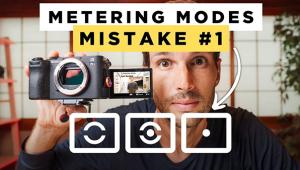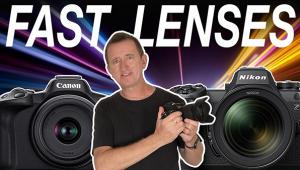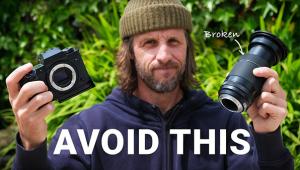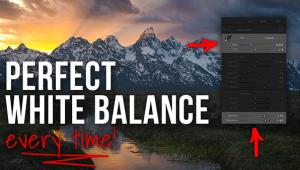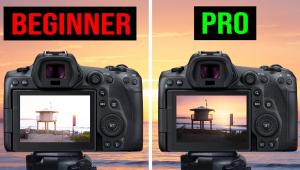Do You Know How Your Variable Aperture Zoom Lens Impacts Your Photos? (VIDEO)
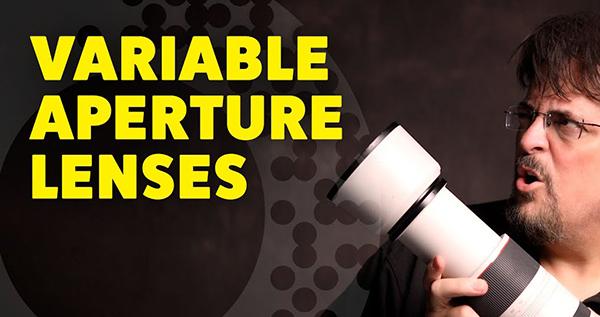
It's very likely that one or more of the zoom lenses you own utilize a "variable aperture" design. It essential to understand what this means and how these types of lenses affect every image you capture. This tutorial from the Adorama TV YouTube channel explains everything you need to know.
Instructor David Bergan is a NY-based pro who specializes in celebrity portraits, sports photos, and concert photography. His Ask David Bergman website is a meeting place where photographers can submit questions on popular topics and receive an expert reply from Bergman himself.
Today's episode is a response to this query from a fan: "I have a Nikon 18-55mm DX lens that has 3.5-5.6 inscribed on it. The max aperture seems to be f/3.5 at 18mm and f/5.6 at 55mm. Why is that and how does this work?"
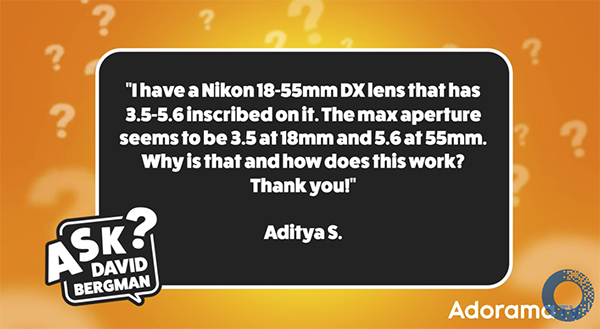
Bergman explains that variable aperture lenses are very common, especially with low-cost kit zooms that are commonly bundled with many cameras. The lesson begins with a brief overview of how lens apertures work in general, just so that everyone is on the same page. Then he describes the various issues you may face when using a variable aperture lens and explains several methods for overcoming their limitations.
These lenses work differently than primes and what are known as "fixed aperture zooms" that maintain the same maximum aperture as you zoom in or out. To the contrary, a variable aperture zoom closes down the maximum aperture as the focal length is increased, thereby offering less versatility in low-light conditions or when the goal is to optimize depth of field and bokeh.
Bergman explains it like this: "If you compare two lenses of the same focal length and one has a wider aperture than the other, the one with the wider opening is going to be more expensive." Likewise it's also going to be larger and heavier that the slower lens because it's a bigger and more sophisticated piece of glass.

He illustrates this point with two Canon 50mm prime lenses—one with a maximum aperture of f/1.4 that sells for around $400 and the other that opens up to f/1.2 and costs about $2000. The price and size disparity can be even greater with zooms because of the complicated construction involved. With these matters out of the way, Bergman moves on to practical considerations when shooting in the field, and these are extremely important to understand.
After watching the video take a look at the Ask David Bergman website to gain insight into the other questions he addresses. Then consider submitting some of your own.
- Log in or register to post comments
